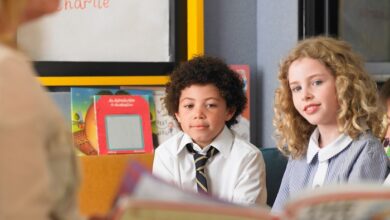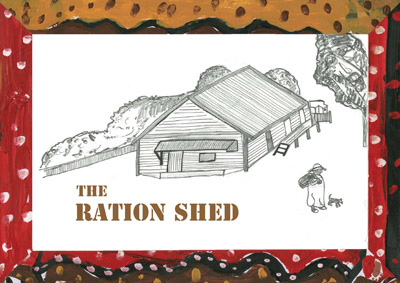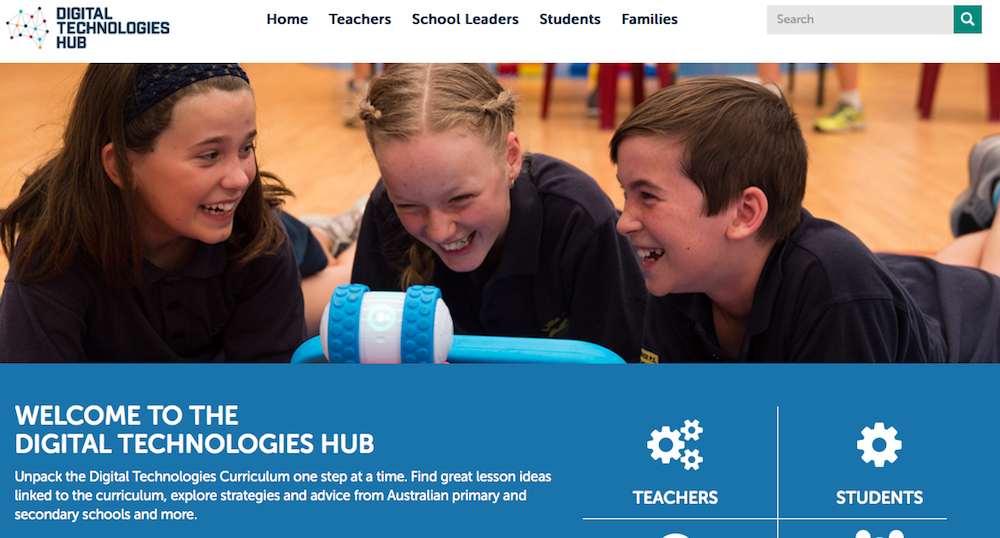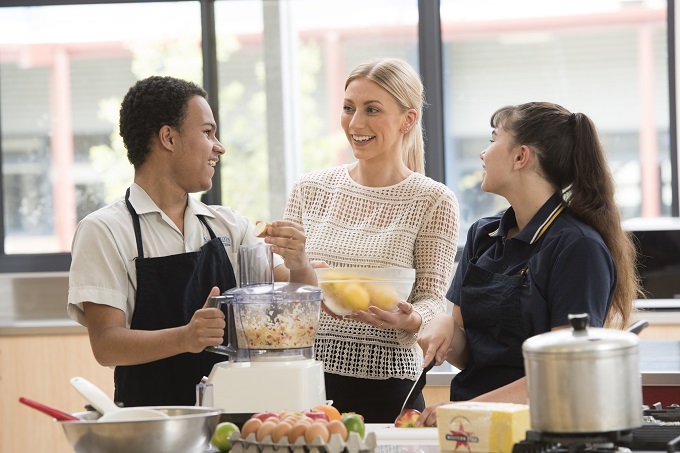4 out of 5 parents support teaching gender and sexuality diversity in Australian schools
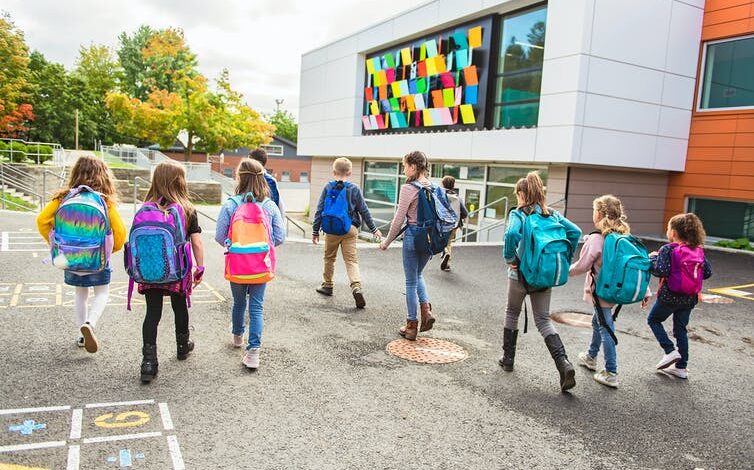
Debates about how schools acknowledge gender and sexuality diversity have been ongoing in Australia.
It’s often claimed parents oppose the inclusion of gender and sexuality diversity content in the teaching of their children. But our research shows four out of five parents support such content being included in the relationships and sexual health curriculum.
Debate about these issues has been revived by the federal Religious Discrimination Bill and the NSW One Nation’s Education Legislation Amendment (Parental Rights) Bill. The now-shelved federal bill would have allowed religious schools to expel transgender and gender-diverse students. The NSW bill seeks to revoke the accreditation of educators who discuss gender and sexuality diversity in a public school.
Both bills would have the same effect: the erasure of gender and sexuality diversity from schools.
I worked on this research project last year. It’s clear that the majority of Australians do not support this #ReligiousDiscriminationBillhttps://t.co/mpZWBFruzD
— Adam Couchman (@adam_couchman) February 9, 2022
Until now there has been no comprehensive research in Australia that examines what parents actually want in relation to such topics in their child’s education. This lack of research-based evidence has meant even teachers are unsure about whether or not they are allowed to discuss gender and sexuality diversity.
Our landmark study, published in the journal Sex Education, sheds light on this issue. Our findings challenge the idea that most parents oppose the inclusion of gender and sexuality diversity-related content in school.
What did the study find?
We surveyed 2,093 parents of students attending government schools across the nation. To ensure results could be considered nationally representative, data were weighted using a probability panel of Australian adults. Both demographic markers (including gender, location and languages spoken at home) and attitudes to education that’s inclusive of gender and sexuality diversity were used to weight the final data set.
The survey asked fundamental questions about parents’ views on the “who, what, when” of relationships and sexuality education. There was a specific focus on how parents felt about including gender and sexuality diversity in the curriculum.
New from members @drjackieullman Tania Ferfolja & Lucy Hobby “Parents’ perspectives on the inclusion of gender and sexuality diversity in K-12 schooling: results from an Australian national study” in Sex Education. Get your real, evidence-based info here! https://t.co/ltVDusb84r
— Sexualities and Genders Research at WSU (@sexgenderwsu) September 22, 2021
The findings show 94% of parents want relationships and sexuality education in schools, in keeping with the current Australian Curriculum. When asked about gender and sexuality diversity across six different topic areas, on average, 82% of parent respondents support their inclusion as part of the relationships and sexual health curriculum from kindergarten through to year 12.
In terms of understandings of gender diversity by students at different ages, two-thirds of parents (68%) want this topic introduced in the curriculum by the end of stage 4 of schooling (years 7 and 8). In keeping with other areas, over 80% of parents support its inclusion by the end of year 12.
Parents’ reasons for supporting inclusion were apparent in their views on the purpose of relationships and sexual health education. Given a choice of four central purpose statements, the largest group of parents (nearly 50%) felt this curriculum area should focus on student “empowerment, choice, consent, and acceptance of diversity”.
It’s about fairness, inclusion and safety
These findings reflect the culture of fairness and inclusion that most Australians believe in. The results point to parents’ understanding of the importance of inclusion. They object to the school-based harassment of gender and sexuality diverse students in this country.
Research finds nearly all LGBTQ high school students hear homophobic language at school https://t.co/qqU5YlwtmG
Revealing research from @drjackieullman highlights the ubiquity of homophobic and exclusionary language directed at #lgbtiq #students. #worktobedone pic.twitter.com/Mcxr5sI5Gy— Lesley Wright, Ph.D (@LesleyWrites) June 10, 2021
These young people are rarely represented in curriculums. They are not only invisible, but also experience discrimination by omission.
Parents are likely to know Australia has one of the highest rates of youth suicide in the world. Tragically, the rate is even higher for gender and sexuality diverse young people. Their experiences at school are undoubtedly linked to this outcome.
In our study, nearly 90% of parents wanted to see the curriculum address discrimination and bullying of gender and sexuality diverse people. This finding speaks to their desire to create safe and welcoming schools for all students.
What does this mean for teachers?
This research has important implications for teachers of relationships and sexual health education. Many report they avoid gender and sexuality diversity and fear community backlash.
Teachers’ unease prevails despite federal government guidance that promotes the well-being of students. The guidelines encourage schools to create positive learning environments that foster diversity and respectful relationships and support students to feel safe, connected and included.
The public response to the Religious Discrimination Bill and its subsequent shelving highlights how it is inherently anathema to punish and exclude children and young people from school based on their identity. Australian teachers need to be supported to create a school culture where these students can feel safe, welcome and informed about their relationships and sexual health.
Educators across the country would benefit from additional guidance and support to feel confident that discussing these topics is in line with the views of the majority of their students’ parents.![]()



